There are many reasons why people have weak triceps—injuries, bad genetics, lack of training volume—and this guide discusses all of them. So if you want to improve your lagging triceps and make some serious gains, then be sure to check out my tips for fixing your weak tricep muscles.
Related:
7 reasons why you have weak triceps
Here are 7 reasons why you have weak tricep muscles. Of course, if you have majorly lagging triceps, then it could definitely be for more than one of the following reasons.
1. You don’t train your triceps enough
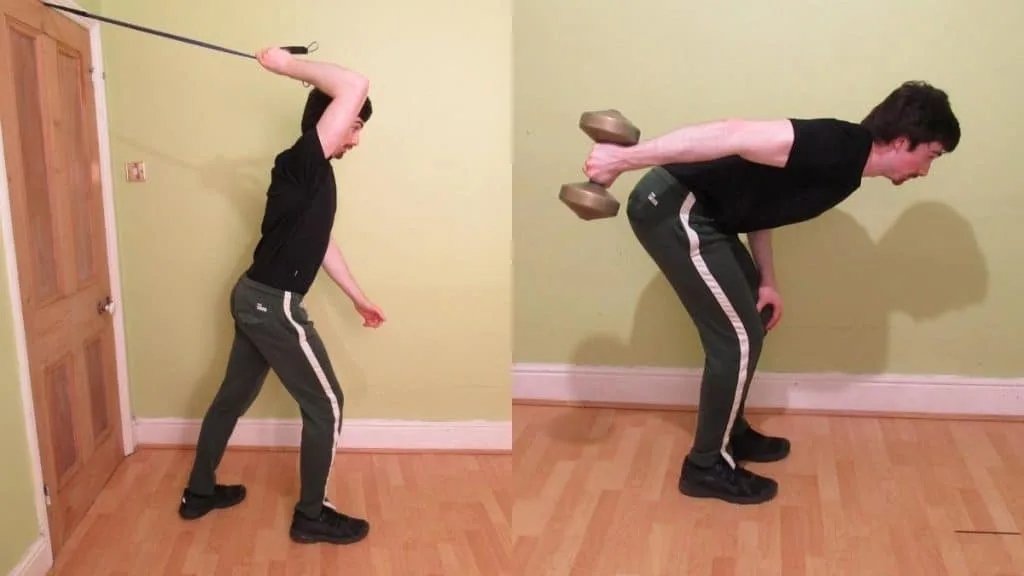
This one’s simple, but it needs to be said; if your triceps are not growing, then there’s a chance that you’re simply not training them with enough volume and effort.
Up to a point, more training volume leads to more muscle growth. But it’s not a case of doing twice as many sets to get twice the gains; there are diminishing returns when it comes to training volume—especially per session volume.
Still, if you’re not doing much work for your triceps at the moment, then that’s likely a major reason for their lack of development. You don’t need to train to failure to get results, but you should definitely do hard sets if your goal is triceps hypertrophy.
In practice, leaving 1-2 reps in the tank per set is a good way to get in plenty of quality, growth-stimulating training without completely obliterating your triceps past the point of recovery.
2. You rely on compound movements

If you have big biceps but small triceps, then perhaps you’re just relying on compound movements for your tricep development and not doing any isolation exercises?
To be sure, some lifters can get great gains from just doing bench presses (especially close grip bench presses) and overhead presses because these exercises really do hammer the triceps.
The issue is that compound presses don’t do much for the long head of your triceps, which is by far the biggest tricep muscle. So if all you’re doing for your triceps is compound presses, then you’ll likely have good lateral and medial head development but minimal long head mass—a recipe for lagging triceps.
3. You neglect key tricep muscles
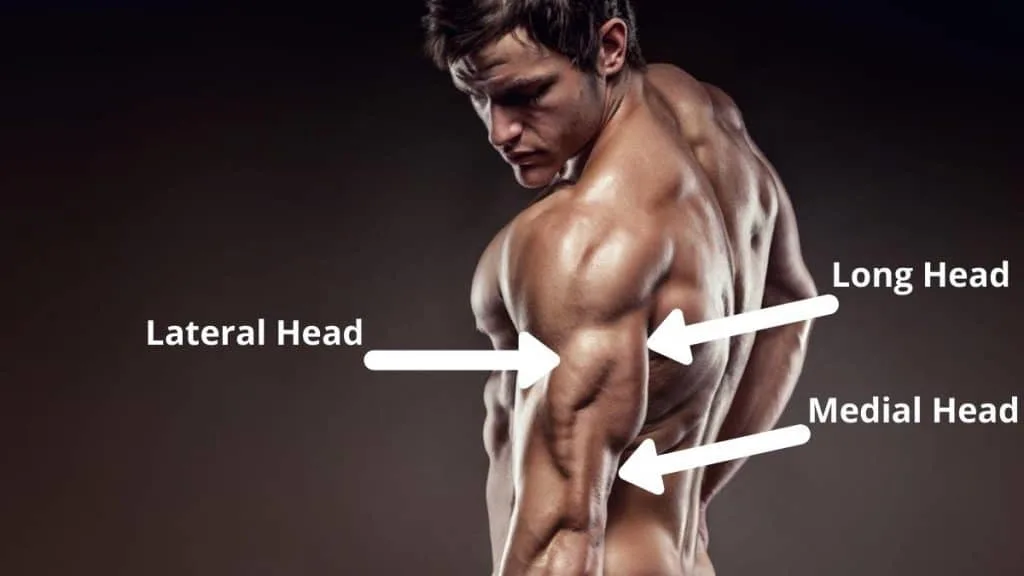
As mentioned, the long head of the triceps is—by far—the tricep brachii’s biggest muscle. Indeed, the long head is the biggest muscle in your upper arms.
Therefore, if you want to have well-developed triceps, you need to focus on the long head, which means doing isolation exercises that train it optimally.
Overhead extensions and lying tricep extensions put your shoulders into flexion and thus bias the tension toward the long head, which is the only triceps muscle that acts on the shoulder joint.
If you’re training for size, overhead and/or lying extensions such be your main mass builders because they really stretch the long head and break down the muscle fibers.
On the opposite end of the spectrum, you can do tricep kickbacks to train the long head of your triceps in its fully contracted position. Kickbacks are not known for building slabs of mass, but they can definitely grow your long head because they train it from a unique angle that overhead extensions, pushdowns, and presses don’t.
4. You have a weak tricep mind-muscle connection
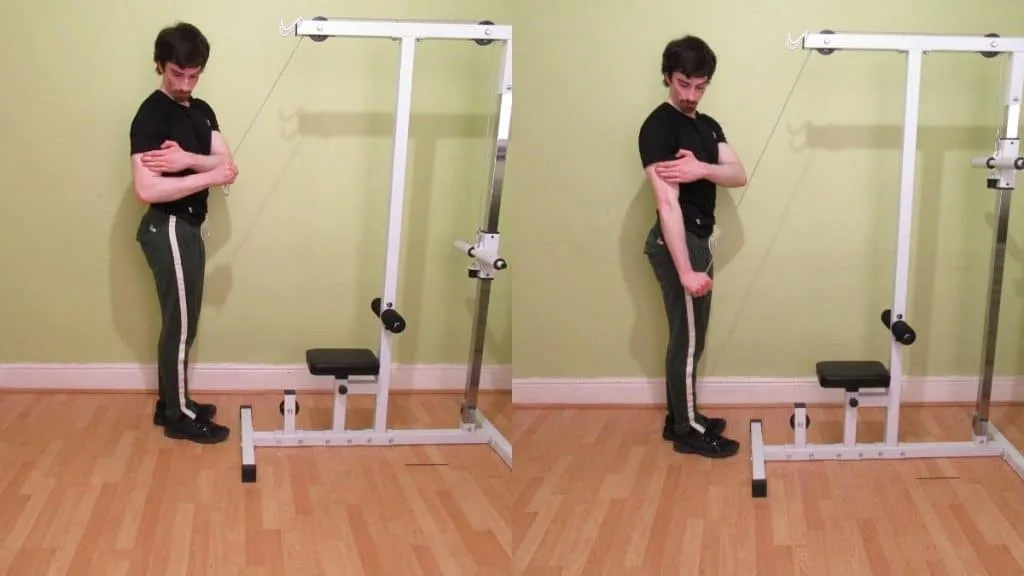
If you’ve got weak tricep muscles, then perhaps you also have a weak mind-muscle connection? If you struggle to feel your triceps working during isolation exercises—if you don’t get much of a pump—then you likely have a poor mind-muscle connection.
Of course, it’s entirely possible (and quite common) to have a great mind-muscle connection with your stronger muscle groups but a much weaker mind-muscle connection with your lagging body parts.
A good way to improve your tricep mind-muscle connection is to hold the peak contraction during exercises like pushdowns and kickbacks so that you can really force your triceps to contract against the resistance.
Similarly, you can slow down your reps so that your triceps have to take the strain during the eccentric phase of the rep. This is a triple whammy because slower negatives protect your elbows during tricep isolation exercises, and they give your triceps more muscle-building time under tension.
5. You’ve previously had tricep injuries or elbow problems
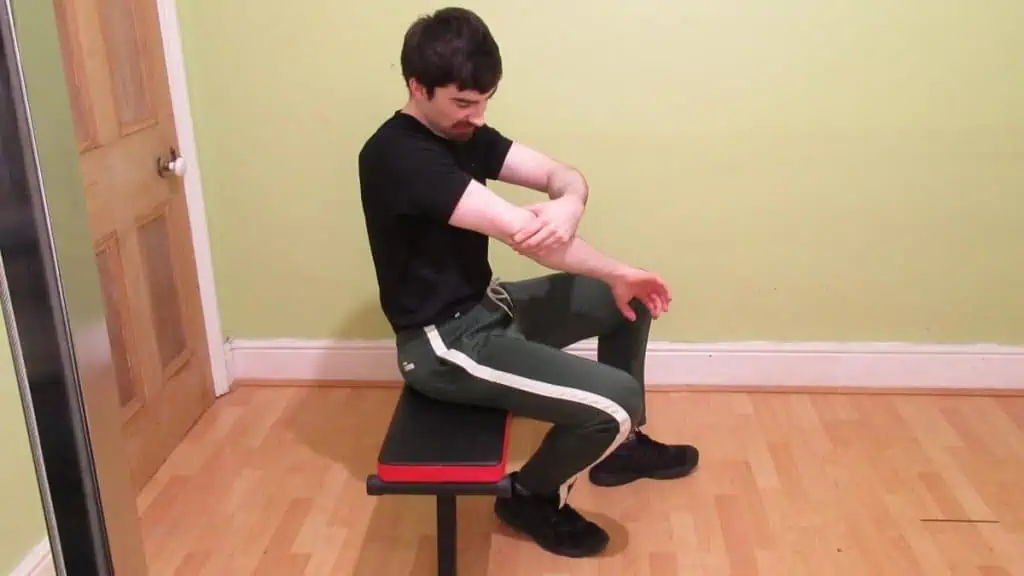
You might literally have weak triceps because of an acute injury either to the muscle itself or to the surrounding elbow joint, tendon, or ligaments.
The best way to regain your triceps strength in this scenario is to simply rest the affected area. Don’t worry; you won’t lose muscle by resting for a while. Any strength that you do lose will very likely be due to the loss of neurological efficiency since you won’t be doing any specific tricep exercises while you’re resting.
Additionally, if you’ve had elbow problems in the past, then you might—rightly or wrongly—be holding back in your training and thus leaving your triceps understimulated.
Or maybe you have a minor problem that makes certain exercises too uncomfortable to perform heavy. Whatever the case, injuries can be a real cause of weak tricep muscles.
6. You have bad tricep genetics
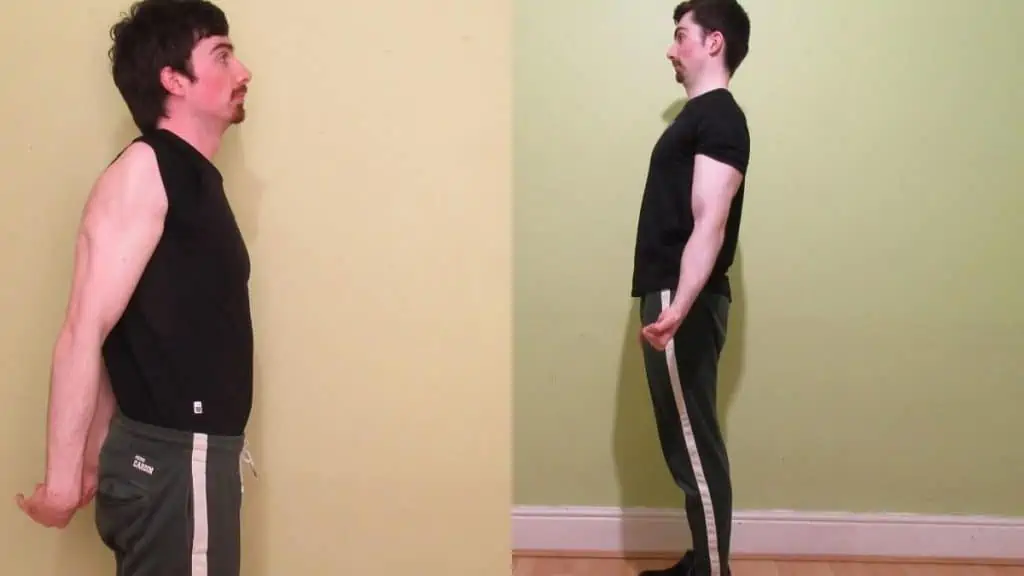
Hard work and patience can usually overcome any genetic weaknesses in the muscle-building world. However, if you have lagging triceps due to bad genetics, then it can definitely take you longer to grow your triceps.
If you do have bad tricep genetics, you don’t necessarily need to train differently. With enough consistency in the gym and an emphasis on good form and progressive overload, you’ll definitely make tricep gains.
Just make sure to really focus on the long head of the triceps seeing as it contributes more mass to the triceps brachii than the lateral and medial heads put together.
7. You train for the pump and neglect progressive overload
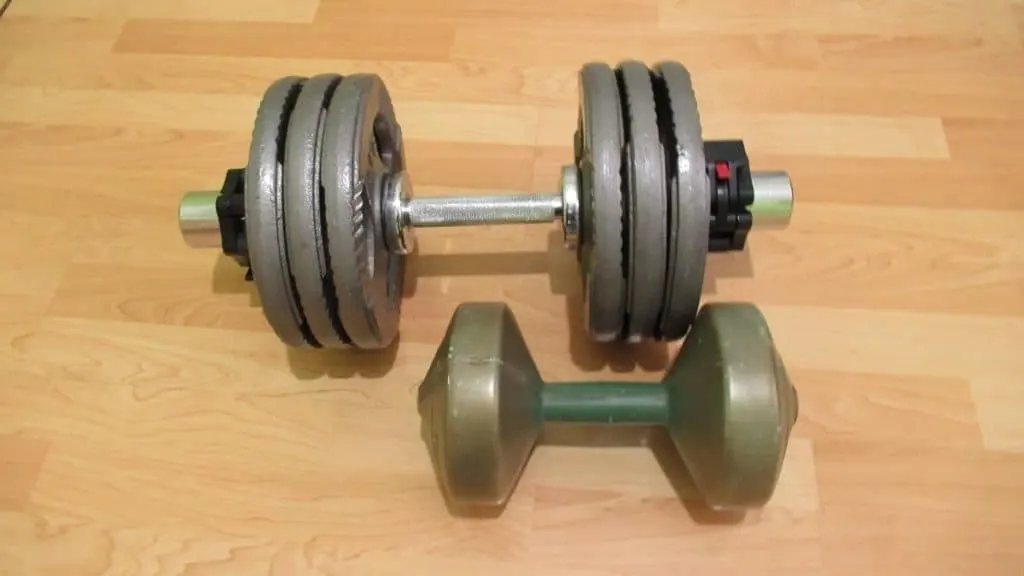
As any lifter well knows, getting a good tricep pump will temporarily make your arms bigger because the muscle becomes engorged with metabolites.
However, this increase in size is very much temporary. And while there’s nothing wrong with getting a good pump—indeed, it’s a pleasant side effect of any bodybuilding workout—your focus should be on lifting progressively heavier weights.
To be sure, you can lift the same weights for a while and keep making gains. But, sooner or later, you need to increase the resistance if you want to keep gaining triceps size.
If you don’t want to increase the weight for fear of hurting your elbows, then you can increase the training volume by doing more reps, sets or by training closer to failure.
How to fix your lagging triceps
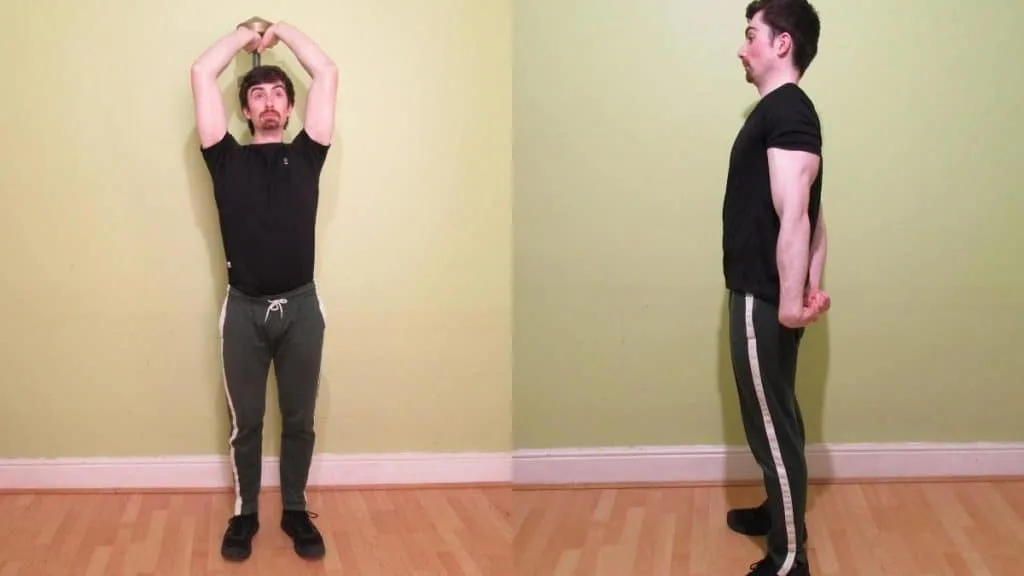
To fix your lagging triceps, make sure that you’ve established a solid mind-muscle connection with your triceps. This will ensure that your triceps do the vast majority of the work during isolation exercises, which will produce a stronger muscle growth stimulus.
Second, make sure to prioritize the long head of your triceps because it makes up around two-thirds of your triceps mass. Exercises like overhead extensions and skull crushers are your best bets here because they challenge the long head with an intense weighted stretch, which is excellent for muscle hypertrophy.
While you don’t need to increase the weight every week or even every month—especially not on isolation exercises—you do need to get stronger over time if you want to keep gaining size. It’s easier to gain strength on barbell movements than on dumbbell exercises because you can increase the resistance in smaller, more manageable increments.
Also, make sure that you’re eating enough. If you’re really trying to bulk up, you should be eating in a small to moderate calorie surplus so that you can increase the size and circumference of your various body parts.
Conclusion: Should you be concerned about having weak tricep muscles?
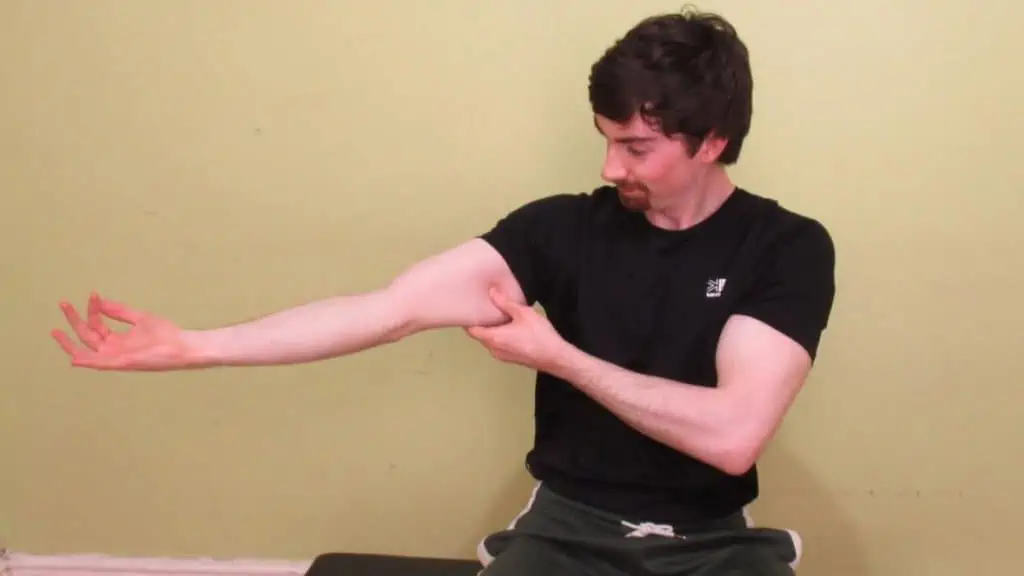
There’s nothing inherently wrong with having weak triceps in comparison to your other muscle groups. After all, everyone has their strengths and weaknesses when it comes to resistance training.
Of course, having weak tricep muscles could be limiting your progress on your compound presses, especially if your lockout is weak.
Additionally, having lagging triceps can make your arms and upper body look disproportionate, which could worsen your aesthetics.
So, by following the above advice, it can definitely benefit your physique and athletic performance to improve the development of your (currently) weak triceps.
References
- WebMD. (2021, May 13). The Difference Between Strength Training and Hypertrophy Training. https://www.webmd.com/fitness-exercise/difference-between-strength-hypertrophy
- König M, Biener K. Sportartspezifische Verletzungen im Gewichtheben [Sport-specific injuries in weight lifting]. Schweiz Z Sportmed. 1990 Apr;38(1):25-30. German. PMID: 2349470.

